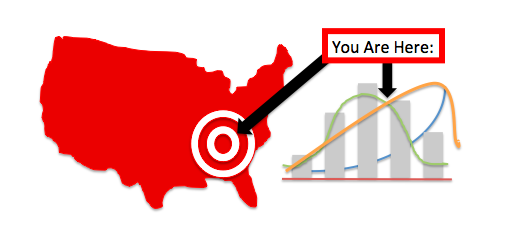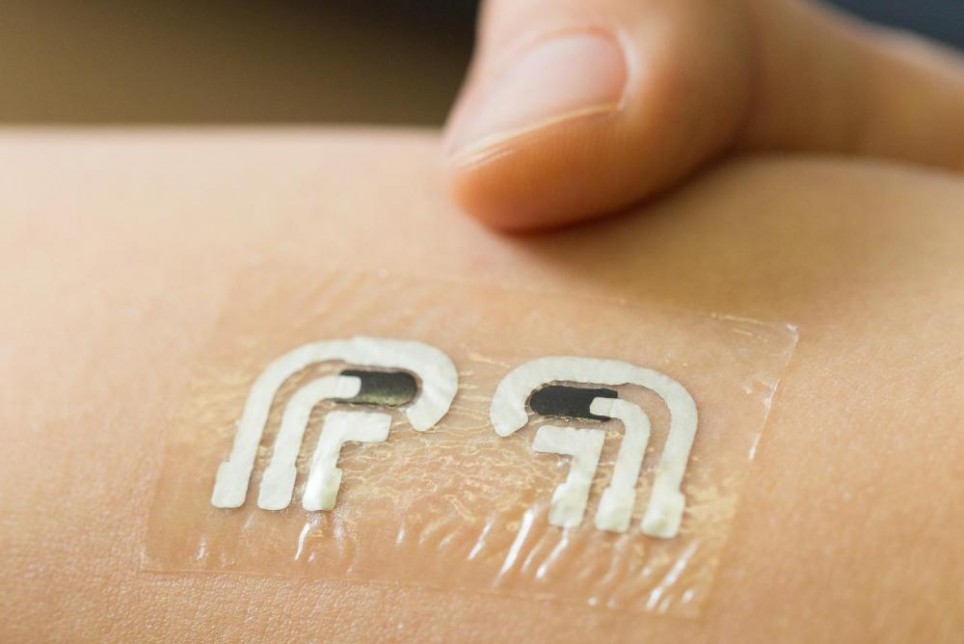With the Internet came the ability for computers worldwide to connect regardless of race, creed or country. As the Internet evolves into the Internet of Things (IoT), more and more sensors – not just computers – connect to further enhance business, economics and life in general. Food for example comes from around the globe. Brazil provides 30%, Florida 15% and China coming in a close third. How do you know it’s fresh?
Shipping fresh produce or fresh fish or fresh anything requires controlling environmental conditions that keep it safe for consumption at the table. Originally it was refrigerated by some means deemed sufficient and let the eater beware. Greater care was placed in the process by measuring the temperature and humidity of the container. Eventually that meter was monitored.
Today, any safety conscience food provider has the means via the Internet of Things (IoT) to monitor the container wherever it is in the world from wherever the company is in the world in real time. Giovanni Salvatore and ETH Zurich have taken even that capability a step further by developing a sensor that actually attaches to the fish or produce itself. And it’s okay to eat it! The sensor is far thinner than a human hair (eck, don’t think of how that became a measure.) Not only is it edible, but it contains magnesium, which is good for you – in the right amounts.
It’s not quite in a market near you though. The sensors still require a power source so the battery attached is a bit self-defeating at this point. No worries though. Several sensors in other industries have already been developed that don’t require power. It won’t be long before you’ll checking the gills for a freshness date!
Source: https://www.engadget.com/2017/09/29/super-thin-edible-sensors-monitor-food-temperature/



